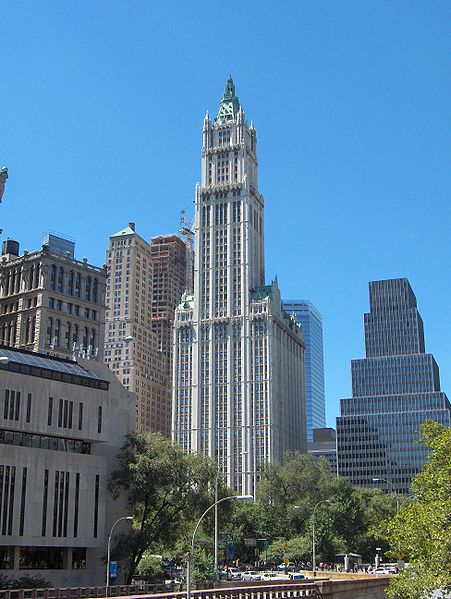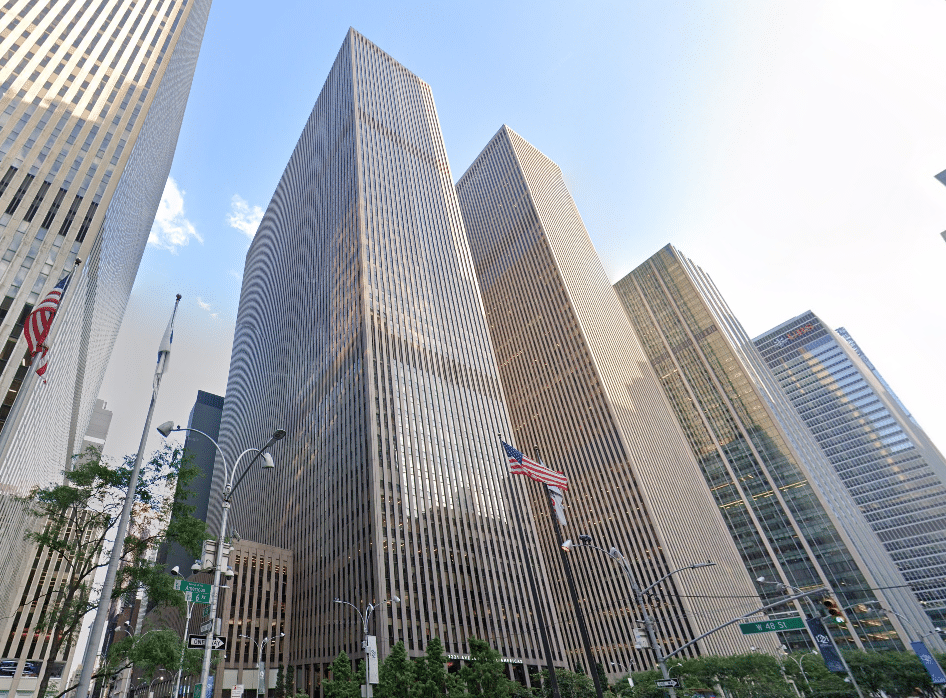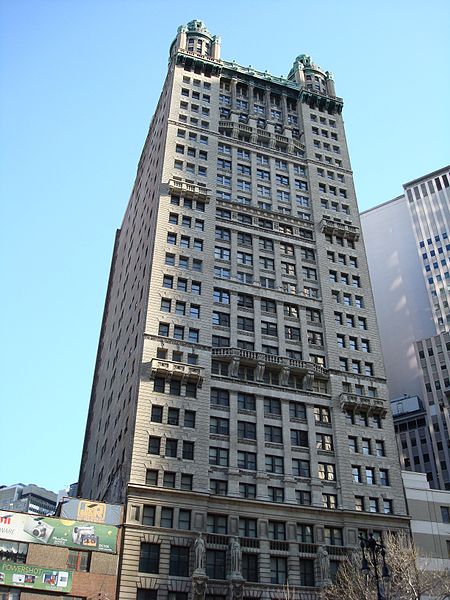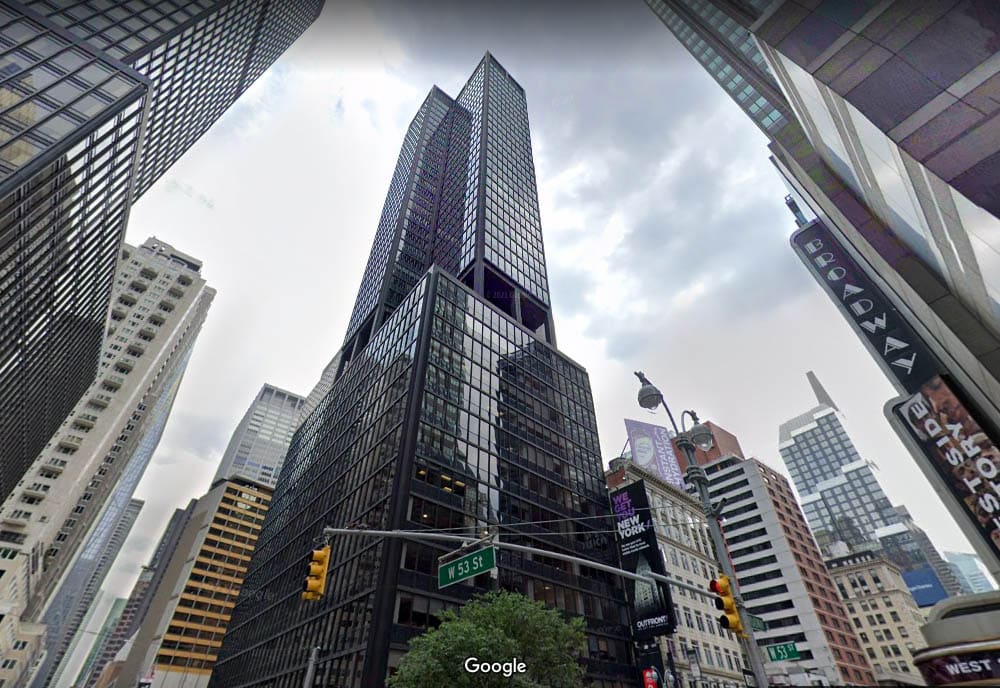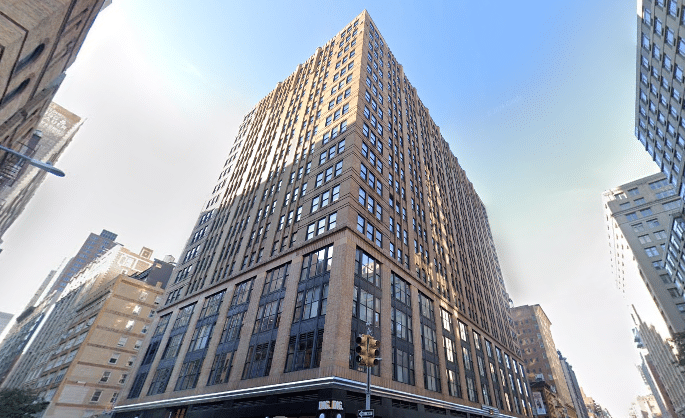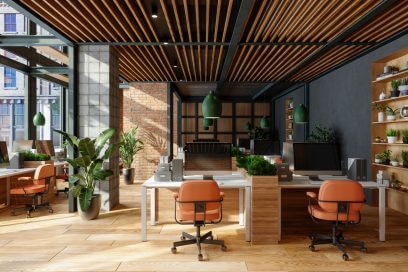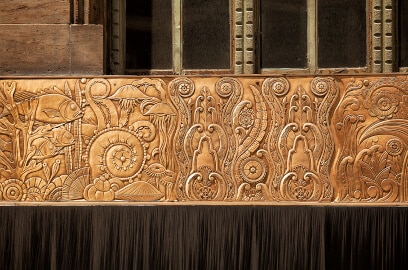A recent report released by CBRE shows that NYC’s life sciences sector is bustling with activity and is poised to overtake markets like Boston or San Diego in terms of growth. According to the report, leasing for the life sciences sector more than doubled in NYC from 2019 to 2020, reaching its highest level in a decade. In NYC’s life sciences industry, VC funding hit its second-highest annual total ever, amounting to $907 million in 2020. The availability rate for occupancy-ready, pre-built laboratory space also dropped to 0.0% last year, signaling high demand for lab space in the city, which is currently limited.
NYC’s life sciences market: (un)limited potential?
The Covid19 pandemic caused real estate sectors like office and retail to hit the brakes, but it acted as a catalyst for growth when it comes to life sciences. New life sciences companies and startups are expected to take shape as a direct result of the pandemic. New York City is highly active in research, with major medical institutions headquartered here, and this research is likely to fuel further growth in this sector.
The life sciences industry, which includes niches like biotechnology, telemedicine, and pharmaceuticals, was doing well pre-pandemic. According to the Commercial Observer, the National Institute of Health granted $124 billion to life sciences companies from 2014 to 2019, with institutions in Boston and New York receiving most of that amount.
In New York City, where the focus historically has been on traditional office leasing, the lack of available lab space limited development in the life sciences sector. Now, investor and tenant interest are piqued, triggered by the Covid19 pandemic and the race to find treatments. Moreover, as more and more office-using companies switch to a fully-remote or hybrid work model, there is more room for life sciences companies and more potential to repurpose vacant office spaces into lab space.
The race to develop Covid19 treatments opens new doors for the life sciences sector
Despite the lockdown and economic recession triggered by the pandemic, NYC’s life sciences sector continued to grow. Employment in this sector was substantial even pre-pandemic, recording a 3.6% average annual growth from 2010 to 2019, per CBRE. The life sciences sector’s growth rate even outpaced NYC’s overall employment rate of 2.6% during the same period. 2019 also marked the most robust annual growth rate in the life scenes niche since 2004, closing the year at 9%.
The life sciences sector wasn’t as hard hit as other commercial real estate types because it’s not a niche that can follow the remote work pattern that other companies have embraced. The industry relies heavily on research, lab work, continuous testing, and more often than not, these tasks cannot be performed remotely. What’s more, the demand for vaccines, treatments, and further research into SARS-CoV-2 accelerated the industry’s pace, and medical institutions have been working around the clock to find answers. The result is an increased interest in life sciences development and innovation and eliminating various bureaucratic barriers to support medical discovery efforts to eradicate Covid19.
What’s next for NYC’s life sciences sector?
A lack of lab space availability historically placed New York City after cities like Boston or San Diego when it comes to life sciences real estate development. A report by Newmark Knight Frank shows that the Boston area absorbed close to 900,000 square feet of life sciences space in 2020, with an additional 1.3 million square feet currently under development. By comparison, life sciences companies leased 155,925 square feet of space in NYC in 2020; still, it was the highest leasing level for NYC’s life sciences sector since 2011.
The intensified demand for lab-related space in New York City is likely to attract investment and open new doors for companies in this sector. According to CBRE’s report, NYC had just 42 life science tenants at the beginning of 2020, and that number rose to 59 tenants by the end of the year. Lab-exclusive space in NYC totaled 1.68 million square feet at year-end 2020, and CBRE expects this number to grow to 4.21 million square feet by 2025.
Major projects underway in Manhattan, Brooklyn, Long Island City
Projects are already underway in the city. Taconic Partners and Nuveen Real Estate are developing a 400,000-square-foot life sciences hub at 125 West End Avenue, on the site of a former Chrysler showroom. Nuveen’s Nadir Settles explained the location choice to the Commercial Observer: “You can’t just say this building is functionally obsolete, let me just take it down, knock it down, and rebuild it as life science.” Settles added that 125 West End Avenue was the right choice because developers could salvage and repurpose the existing building. Given that the property used to operate as a showroom, it had the right floor load and the proper physical infrastructure to function as lab space.
Another major project currently in the works is Cure, located at 345 Park Avenue South. Developed by Deerfield Management alongside LifeSci NYC and the NYCEDC, Cure will emerge as a $2 billion biotech hub in the heart of Midtown South. Upon completion, Cure will support roughly 1,400 life sciences jobs.
Other life sciences projects are under development in West Harlem (the 350,000-square-foot Taystee Lab Building), Midtown West (the Hudson Research Center, 525 West 57th Street), Long Island City (the Alexandria Life Science Factory, 45-18 Court Square West), and Brooklyn (BioBAT, the SUNY Downstate Medical Center).
Many of the leases signed in 2020 were by tenants that outgrew their incubator space, according to CBRE. This trend is likely to continue in 2021, as incubator tenants expand their footprint at an average growth rate of 7.71x. Consequently, the life sciences sector in NYC is poised for further growth and is expected to continue on an upward path as funding for this sector increases and more lab space is added to the inventory.







